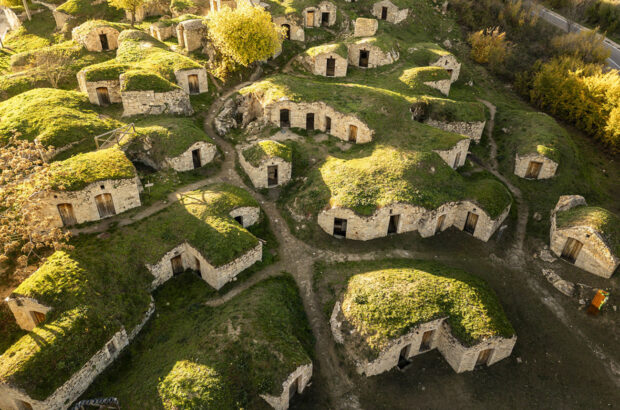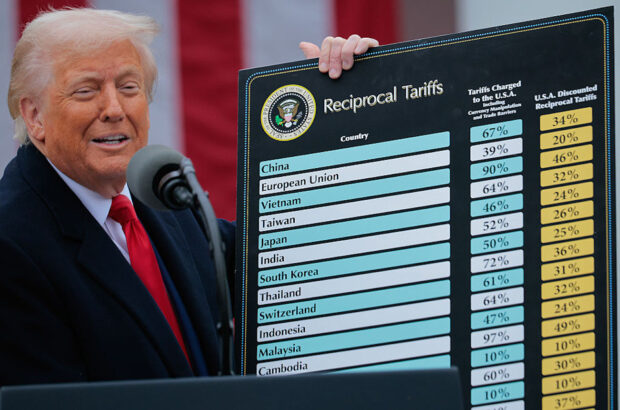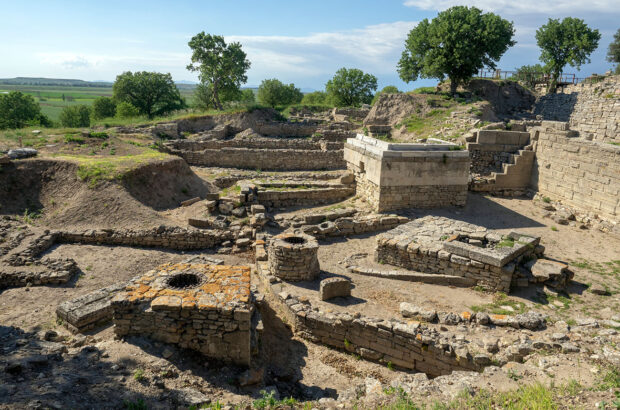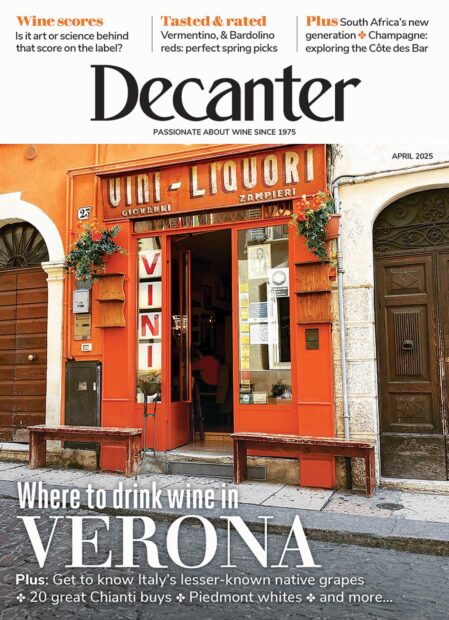Sometimes found on the labels of Champagne and English sparkling wines, the French phrase ‘blanc de noirs’ literally means ‘white from blacks’.
As the name suggests, it refers to white wines made only from dark-skinned grapes.
In Champagne and for many English sparkling wine producers, that means Pinot Noir and Pinot Meunier.
At the other end of the spectrum, ‘blanc de blancs’ is produced from only white grapes, with 100% Chardonnay being the most common style in Champagne and beyond.
Blanc de noirs: how is it made?
Despite being made from dark-skinned grapes, these wines usually have a pale colour – allowing some with a faint gold or rosé hue – because they are made from the clear juice of the grape pulp.
Put simply, blanc de noirs are made in a similar way to white wine, where contact with the skins, which are the primary source of colour in wines, is minimised from the beginning of the winemaking process.
But why doing so? Some producers argue that dark-skinned grapes tend to impart more body, texture and aromatic complexity to the wine while maintaining the crisp freshness of a white wine.
Read more about wine colour
And it’s not a method used solely for making the base wine for sparkling wines. Increasingly, producers are exploring the idea of making still white wines from dark-skinned grapes.
In the 2024 Decanter World Wine Awards (DWWA), four of the award-winning still wines are made in the ‘blanc de noirs’ style, including a Silver medal-winning Blanc De Noir Cabernet Sauvignon from Changyu Longyu Estate in Ningxia, China.
Blanc de noirs vs blanc de blancs sparkling wines
Although ‘blanc de noirs’ and ‘blanc de blancs’ are not guarantees for quality, when found on the label of Champagne or sparkling wine, they do imply certain flavours and styles.
Blanc de noirs sparkling wines tend to exhibit more red fruit flavours, which you might expect given that Pinot Noir, in particular, produces some of the finest red wines in the world. Some critics mention strawberries, red cherries and summer berries when describing the nose and the palate, especially when the wine is young and fresh.
They also tend to be associated with more solid structure and fuller mouthfeel, when compared to blanc de blancs.
However, vintage, vineyard location, harvest strategy, fermentation methods, and lees ageing, among other factors, can result in varied flavour profiles, even when made in the same style and using the same dark-skinned grape(s).
Chardonnay-based blanc de blancs Champagne and other sparkling wines tend to exhibit a lighter, more linear body, with citrus, crisp green or white fruit profiles when young.
Likewise, winemaking techniques such as barrel ageing and malolactic fermentation, combined with longer ageing, can add more textural weight, darker fruit notes, and even touches of oxidative flavours, making it harder to distinguish them from blanc de noirs.
In the UK, producers are experimenting with Bacchus and Seyval Blanc; in Germany, they use Riesling; and in Hungary, Furmint, to make white grape-based traditional method sparkling wines. So blanc de blancs found in these regions may contain varieties beyond Chardonnay, thus showing more diverse flavours.
Top blanc de noirs Champagnes
There are several prestigious names, including Krug’s Clos d’Ambonnay, which comes from a walled plot of Pinot Noir vines covering just 0.68 hectares.
The first vintage released was 1995 and, according to Wine-Searcher figures, Clos d’Ambonnay is easily the most expensive blanc de noirs Champagne label on the market.
Bollinger’s ‘Vieilles Vignes Françaises’ is another highly regarded, upmarket label, also produced in very small quantities.
It is ‘the legendary product of two tiny plots of ungrafted, untrellised Pinot Noir in Aÿ’, as expert Tyson Stelzer noted in his review of the 2006 vintage for Decanter.
Another bottling is Billecart-Salmon’s ‘Le Clos St-Hilaire’, which is 100% Pinot Noir and drawn from a one-hectare vineyard plot in Mareuil-sur-Aÿ. Releases are relatively rare. This year saw the release of the 2007 vintage, the 2002 vintage achieved 98 points, while Decanter’s Tina Gellie gave 97 points to the 1999 vintage.
There are plenty of other options across all price tiers, and in other sparkling wine regions, although grower-producer Jacques Selosse is another vaunted name to know in Champagne.







